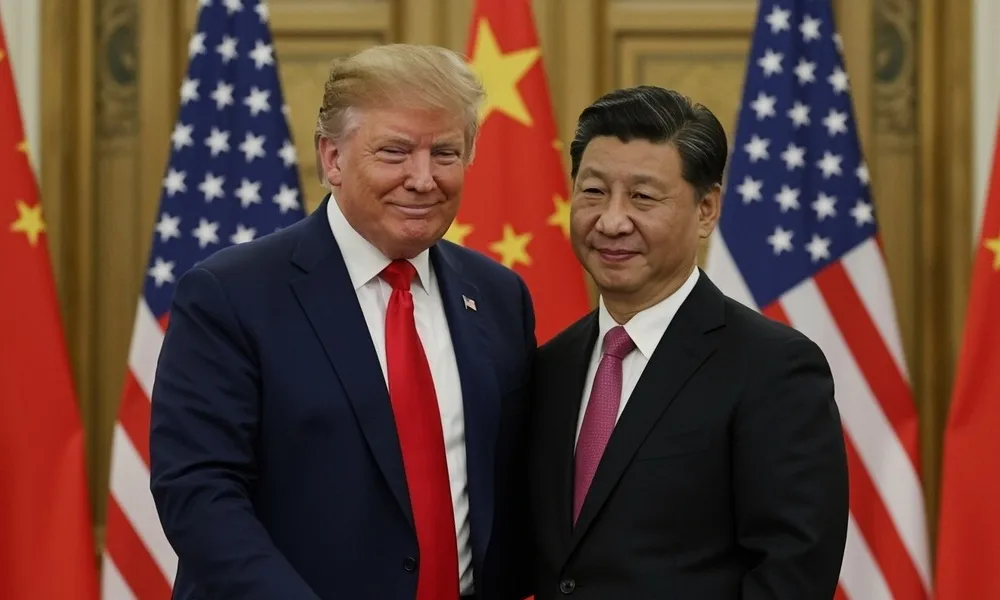Describing it as “a 12 out of 10,” US President Donald Trump hailed his first face-to-face meeting with Chinese President Xi Jinping since returning to the White House as a success. The summit in Busan, South Korea, delivered more progress than anticipated just weeks ago, when Trump had threatened a 100% surtax on Chinese imports in response to Beijing’s tighter controls on rare-earth exports.
Key Outcomes
Beijing secured a major concession as Washington agreed to halve its 20% levy on Chinese goods linked to fentanyl production. According to Chinese state media, the US will also extend for one year a suspension of reciprocal tariffs due to return in November and roll back sanctions against subsidiaries of blacklisted Chinese firms.
In return, China committed to lifting rare-earth export restrictions for a year and pledged to curb the flow of chemicals used to make synthetic opioids. Beijing will also resume purchases of American soybeans and address unresolved issues surrounding TikTok’s operations in the US.
Port penalties between the two countries have been postponed, while discussions over semiconductor access will continue. Trump confirmed that talks with Nvidia, the leading AI chipmaker, will follow, describing the US as a “neutral arbitrator” in future tech negotiations.
Next Steps
In a significant diplomatic gesture, Trump announced plans to visit China in April, with Xi expected to visit the US later in the year. This would mark a shift away from sideline diplomacy at multilateral events such as the Asia-Pacific Economic Cooperation summit, where this week’s meeting took place.
Despite the optimism, both sides stopped short of pursuing a comprehensive trade deal. Trump signalled that the new arrangement would be revisited annually rather than forming a permanent framework. Analysts see the outcome as a pause in tensions rather than a reset, with no “Phase Two” agreement or congressional trade treaty in sight.
Persistent Tensions
Underlying tensions remain unresolved. China’s economic and military ties with Russia, its growing naval presence in the Pacific, and Washington’s alliances with regional partners continue to fuel strategic mistrust. Meanwhile, the US trade deficit, up 22% to $807 billion in the first seven months of 2025, remains a source of frustration for Trump.
For now, the world’s two largest economies appear to have secured a temporary ceasefire. But investors, exporters, and consumers alike are bracing for what many see as an inevitable next round in the US-China rivalry.
